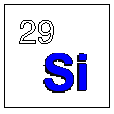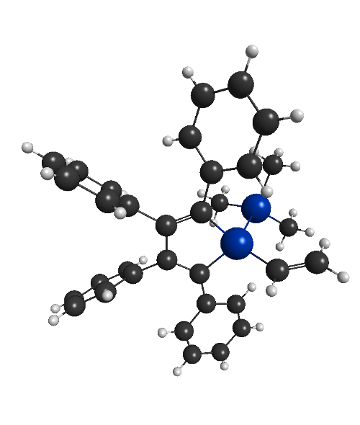Randy Winchester Research Interests

My group is interested in all things Silicon. Thomas Pynchon describes our fascination with the elements outside the realm of traditional organic chemistry in his novel Gravity's Rainbow, " You have the two choices," Jamf cried, [...] "stay behind with carbon and hydrogen, take your lunch-bucket in to the works every morning with the faceless droves who can't wait to get in out of the sunlight -- or move beyond. Silicon, boron, phosphorus -- these can replace carbon, and can bond to nitrogen instead of hydrogen -- [...] move beyond life, toward the inorganic. Here is no frailty, no mortality -- here is Strength, and the Timeless."
Synthesis of Chiral Silanes
There are no naturally occurring chiral silicon compounds. We are developing rapid, high yielding syntheses of chiral silanes and ultimately will see them used as chiral auxiliaries1.

Synthesis of Silaallyl Anions
Silicon - Carbon double bonds are rare and difficult to make. We want to learn more about them by studying silaallyl anions. 2 We are making compounds which may have uses in polymer chemistry and as organic light emitters. I am especially interested in having someone work on the silole (the five membered ring) as it is very close to getting interesting results.

- Schroeder, F. C.; Weibel, D. B.; Meinwald, J. Chiral Silylation Reagents: Determining Configuration via NMR-Spectroscopic Coanalysis. Organic Letters. September 2004, pp 3019–3022.
- Markov, J.; Baumgartner, J.; Marschner, C. Vinyloligosilyl Anions: a New Class of Compounds. Organosilicon chemistry VI : from molecules to materials. June 29, 2005, p 309.


